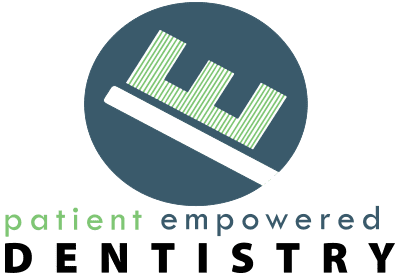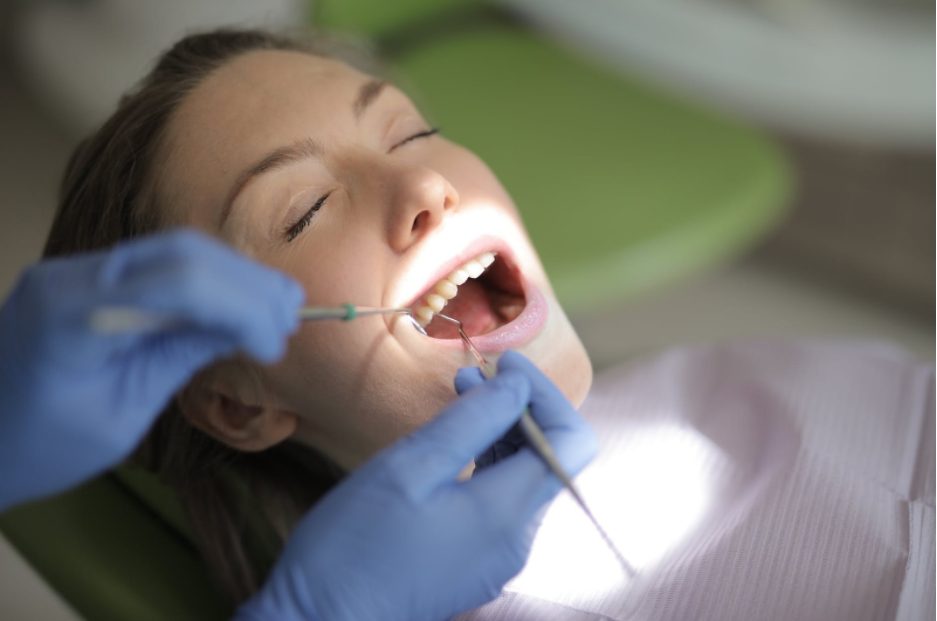If you have grey teeth, then you will know how debilitating this can be. You may feel as though you are unable to smile in public and that you feel nervous whenever photos are taken. This is understandable, but at the end of the day, you need to know that you are not alone. There are so many people who are in the same situation that you are in right now. That being said, it’s now easier than ever for you to make a positive change. Take a look below to find out more.
What Causes Grey Teeth?
Some of the main causes of grey teeth include:
Tetracycline
This is an antibiotic but it can actually cause your teeth to turn grey. This is especially the case in children. Their teeth won’t be fully developed and it normally occurs in those who are under the age of 8. It’s also possible to get grey teeth from the Tetracycline antibiotic if the mother took it while pregnant.
Dental Restorations
The materials that are often used to fill cavities or even restore teeth can also cause teeth to discolor. This can include metal crowns or even silver fillings.
Root Canals
Root canal medications can also cause your teeth to go grey. Ledermix is a paste that is normally used during the root canal process. The active ingredients include triamcinolone acetonide and demeclocycline hydrochloride. These ingredients can cause your teeth to turn a grey color, or even brown. Another medication, which is Ultracal XS has a very similar effect but it’s usually to a much lesser degree.
Tooth Trauma
Tooth trauma or anything that cuts off blood flow to the tooth can easily cause the tooth to die and turn grey. It’s also possible for a tooth to turn grey as the result of trauma. Trauma to the tooth may not result in the color changing for months on end, but eventually it will start to show.
Tooth Decay
Tooth decay can cut off the blood flow to a tooth, making it die and eventually changing color.
How are Grey Teeth Diagnosed?
Your dentist will first assess your teeth and they will try and determine why the color has changed. You will have an examination done and you will also have some x-rays taken. In some instances, your dentist may even do a pulp test. If your dentist suspects decay, they may check to see if the pulp of the tooth has died. It’s very important that you see your dentist if you have grey teeth because a change in color can easily indicate that your teeth are in fact dying. A dying tooth can contain bacteria which can then spread, putting your other teeth at risk. A root canal is usually the best form of treatment if you have a dead tooth.
When Should you See your Dentist?
So when should you go and see your dentist? You should see your dentist if you have one or more teeth that are stained or if you are experiencing pain. If your gums feel tender or if they bleed easily, then this is another indicator that you need to go and see your dentist.
What Treatment is Available?
Whitening treatments tend to work way better on teeth that are yellow as opposed to teeth that are grey. That being said, you may get good results if you undergo whitening. Your results will most likely depend on how dark your teeth are and the reason why they turned grey. If your teeth are stained as the result of tetracycline use, then whitening treatments may not give you a very even result. It’s very important that you talk with your dentist about the treatments that are available where possible. It may be that you need to brush with baking soda, or that you need to use an at-home whitening strip kit. At-home bleaching kits can also be prepared by your dentist as a way for you to try and whiten your teeth at home.
Another option would be dental veneers. These are semi-permanent, and they are custom-made out of porcelain. This covers your enamel, and it fits on the front of your teeth. They are then treated with whitening agents. If you do not get the results you want, then your dentist can easily work with you to try and get to the root of the issue.
Of course, if your teeth are grey then you need to make sure that you do everything you can to solve the problem at its source. If you don’t then you may find that the issue worsens, and this is the last thing that you need.



